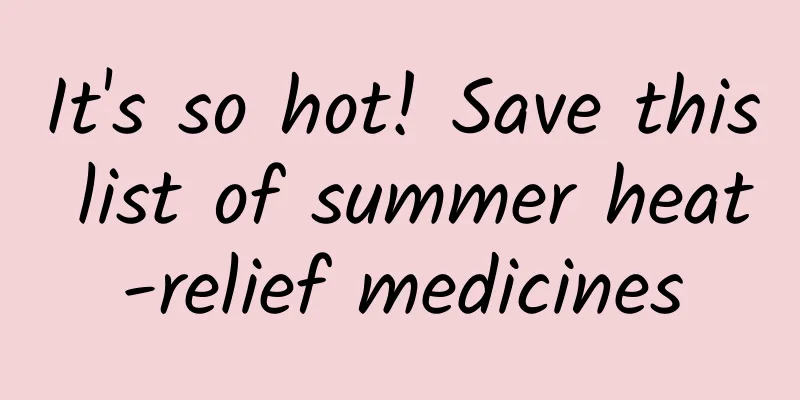How to treat polycystic ovary?

|
Polycystic ovary is a disease that many women suffer from. It has a great impact on women's physiological life. Some women become infertile after marriage because of polycystic ovary. Common symptoms of polycystic ovary in women are scanty menstruation and obesity. In recent years, with the development of technology, many people have begun to pay attention to the issue of how to treat polycystic ovary. Let us introduce it to you below. 1. Obesity and insulin resistance Increase exercise to lose weight, correct endocrine and metabolic disorders aggravated by obesity, reduce insulin resistance and hyperinsulinemia, reduce IGF-1, increase IGfBP-1, and at the same time increase SHBG to reduce free androgen levels. 2. Bilateral ovarian wedge resection It is suitable for patients with elevated blood testosterone, enlarged bilateral ovaries, and normal DHEA and PRL (indicating that the main cause of the disease is in the ovaries). Partial ovarian removal to eliminate excess androgen production in the ovaries can correct the disorder of the hypothalamus-pituitary-ovarian axis. However, the site of removal and the amount of tissue removed are related to the efficacy, and the effectiveness varies. The pregnancy rate is 50% to 60%. The postoperative recurrence rate is high, and if pelvic adhesions occur, it will be detrimental to pregnancy. Laparoscopic ovarian cauterization or resection can also achieve certain results. 3. Treatment of hirsutism You can cut the hair regularly or apply "hair loss agents" but avoid pulling it out to prevent stimulating excessive growth of hair follicles. You can also use electrolysis treatment or androgen-inhibiting drugs. 4. Artificial menstrual cycle For patients who do not have hirsutism and do not desire to have children, progesterone can be given for artificial cycle treatment to avoid excessive proliferation and cancer of the endometrium. In fact, to put it simply, polycystic ovary is inseparable from our own diet. People who like to eat high-calorie and high-cholesterol foods such as cream, fatty meat, animal liver, etc. are more likely to suffer from polycystic ovary. Therefore, this requires us to eat more light foods in daily life and avoid eating foods with high fat content. |
<<: How should women with kidney deficiency be treated better?
>>: How can polycystic ovary syndrome be diagnosed?
Recommend
Cornell University: Heavy Foursquare users interact differently with public spaces
In many ways, technology is excavating traditiona...
Can patting treat breast hyperplasia?
With the development of society, women are becomi...
Treatment methods for breast fibroids, folk remedies to treat serious diseases
Breast disease is a common gynecological disease,...
Can uterine cold be cured?
Facing the appearance of uterine cold, female fri...
How to relieve bland taste in the mouth during pregnancy
Pregnancy is an inevitable stage in life for both...
How to relieve itchy throat after cesarean section
Some pregnant women choose cesarean section becau...
Why do girls often lose their hair?
In life, hair loss or hair loss is a very common ...
How should a 30-year-old woman remove freckles?
Many women have a question about how to remove sp...
Does uterine fibroids affect the fetus during pregnancy?
Uterine fibroids are a relatively common gynecolo...
How to treat bacterial vaginosis and mycoplasma
The vagina is an important reproductive organ for...
What's wrong with brown and black vaginal discharge?
Generally speaking, normal leucorrhea appears as ...
The benefits of eating black beans every day for women
It is no exaggeration to say that black beans are...
What are the symptoms of female infertility?
Many people think that infertility has no symptom...
Amniotic fluid index standard mm at 29 weeks of pregnancy
It is the 29th week of pregnancy. At this time, m...
What is the disease that causes women to have insomnia?
Women's inability to sleep is a symptom of in...









